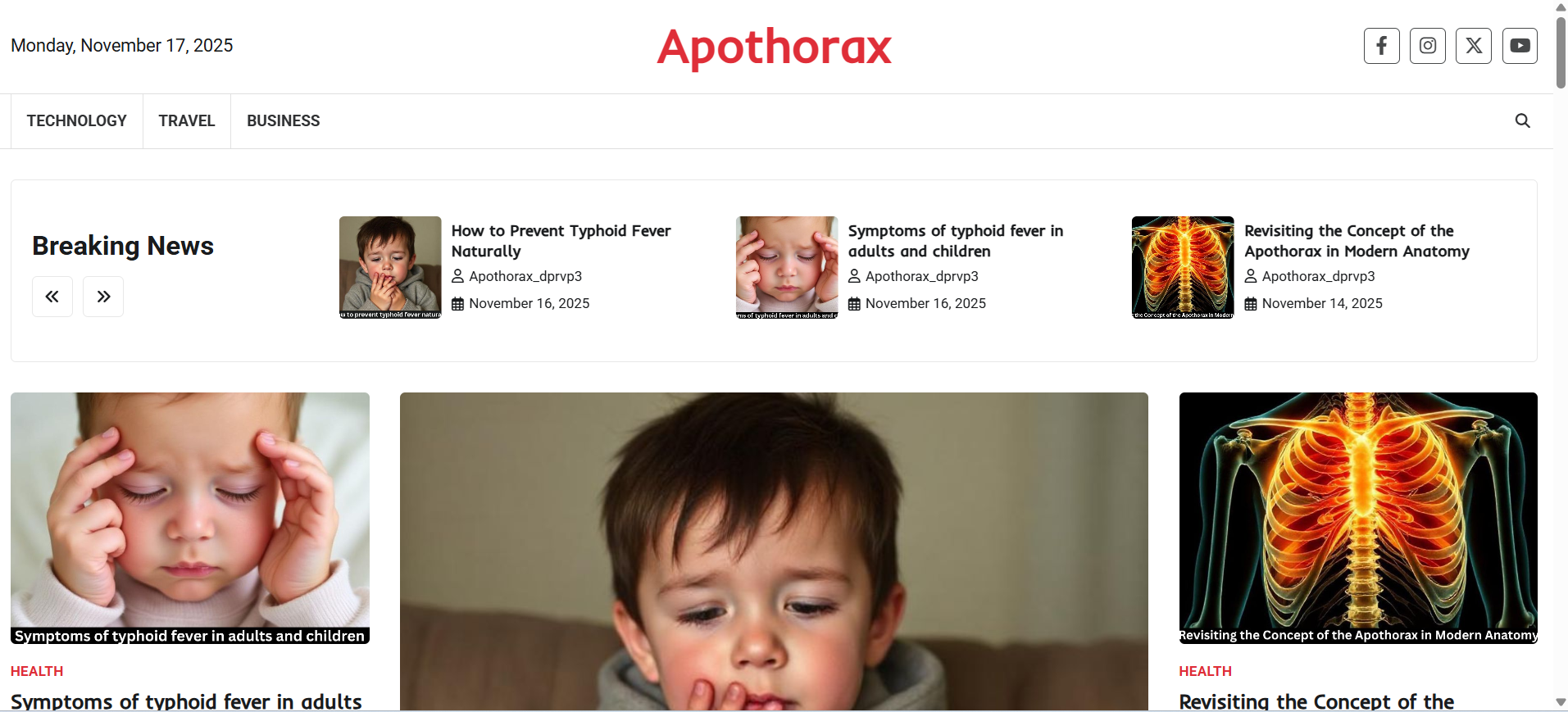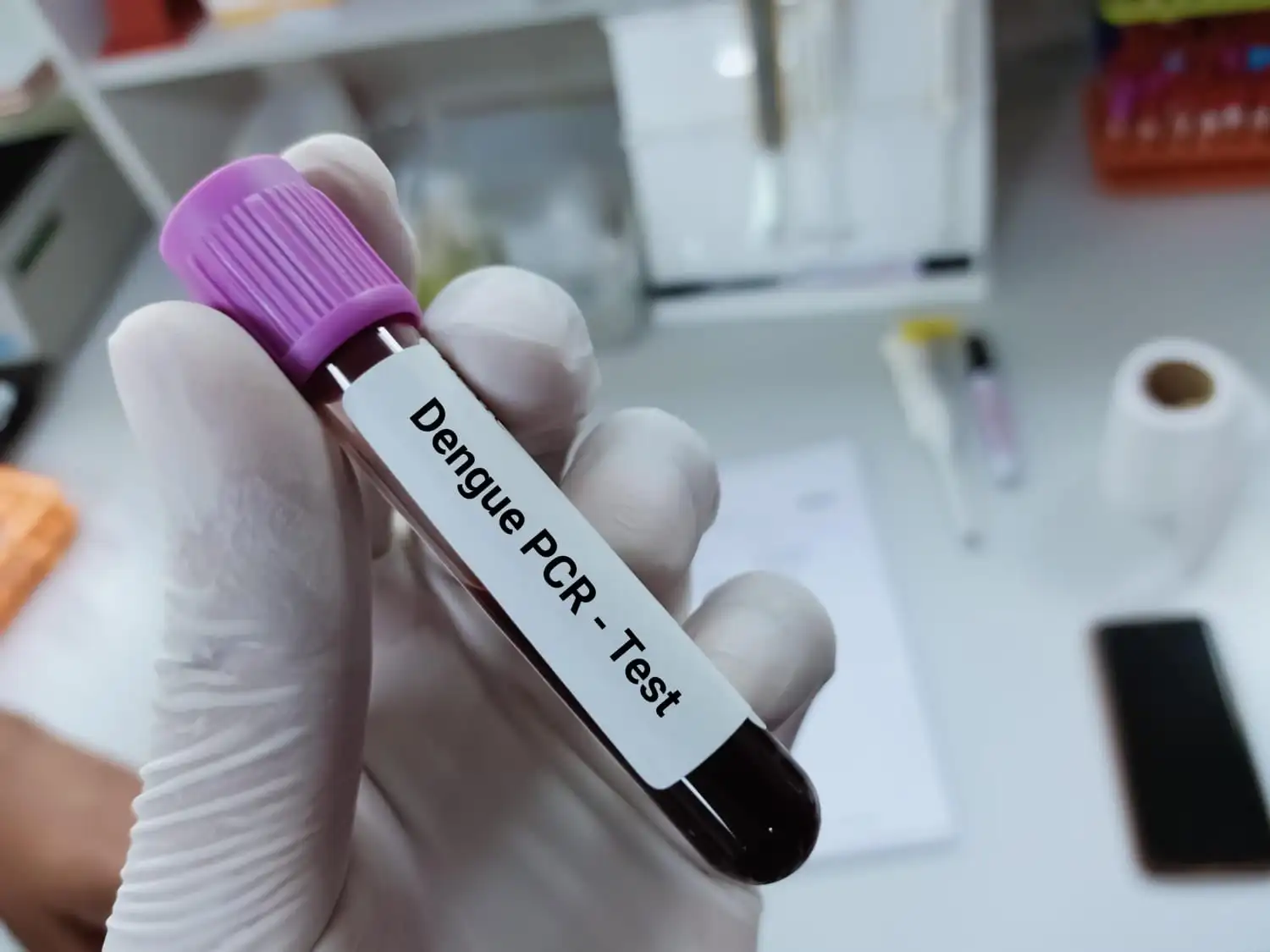Have you ever come across the term “Apothorax” in your biology or anatomy books and wondered what it really means? You’re not alone. Many students confuse thorax, apical thorax, and apothorax, leading to a lot of unnecessary stress during exams.
Why the Term “Apothorax” Matters
The apothorax is a critical concept for students of Class 11, Class 12, NEET preparation, and even early medical learners. It represents a specific region of the human torso where several life-supporting organs are located.
Clearing Common Confusions Around “Thorax” and “Apothorax”
While the thorax refers to the entire chest cavity, the apothorax highlights a segment within the thorax. Understanding the distinction helps learners visualize anatomical divisions better and decode textbook terminology with ease.
What Is the Apothorax?
Detailed Definition
The apothorax is the upper region of the thorax, located above the diaphragm and enclosed within the rib cage. It houses vital organs such as the heart, lungs, and essential blood vessels.
Difference Between Thorax and Apothorax
- Thorax: Entire chest cavity, including ribs, sternum, diaphragm, and its internal organs.
- Apothorax: A specific subdivision of the thorax that contains the organs responsible for respiration and circulation.
Anatomical Explanation for Students
Think of the thorax like a house and the apothorax as a special room inside it where vital machines are stored.
Clinical Perspective for Medical Learners
From a medical standpoint, the apothorax is significant in diagnosing thoracic diseases, studying organ placement, and understanding trauma impact.
Exact Location of the Apothorax
Boundaries of the Apothorax
The apothorax is positioned:
- Superiorly: Below the neck region.
- Inferiorly: Above the diaphragm.
- Laterally: Enclosed by the ribs.
- Anteriorly: Protected by the sternum.
- Posteriorly: Supported by the thoracic vertebrae.
Relation to the Rib Cage
The ribcage acts like a protective shield around the apothorax, guarding delicate organs against injury.
Connection to the Diaphragm
The diaphragm forms the lower boundary, separating the apothorax from the abdominal cavity.
Visualizing the Region Step-by-Step
Imagine placing your hand on your chest—everything beneath your palm, above the diaphragm, and within the ribs falls into the apothorax.
Key Organs Found in the Apothorax
Heart
The heart sits slightly left of the midline and pumps blood throughout the body.
Chambers, Valves & Function
- Chambers: Left atrium, right atrium, left ventricle, right ventricle
- Valves: Aortic, pulmonary, mitral, tricuspid
- Function: Circulating oxygen-rich and oxygen-poor blood efficiently
Lungs
The lungs are the primary organs of respiration.
Lobes, Bronchi & Gas Exchange
- Right lung: 3 lobes
- Left lung: 2 lobes
- Bronchi: Main airways
- Alveoli: Tiny sacs that allow oxygen and carbon dioxide exchange
Major Blood Vessels
Aorta
The largest artery carrying oxygenated blood from the heart.
Pulmonary Trunk
Carries deoxygenated blood to the lungs for purification.
Vena Cava
Superior and inferior vena cava bring deoxygenated blood back to the heart.
Supporting Structures Inside the Apothorax
Ribcage Protection
Strong bony cage preventing damage to the internal organs.
Intercostal Muscles
Help expand and contract the chest during breathing.
Pleura and Pleural Cavities
These thin membranes reduce friction as the lungs move.
Functions of the Apothorax
Breathing
Enables inhalation and exhalation via lung expansion.
Circulation
Supports heart function and blood distribution.
Protection of Vital Organs
Acts like a natural armored compartment.
Importance of the Apothorax in Medical Studies
Relevance in Anatomy
Understanding the apothorax simplifies learning about organ placement.
Relevance in Physiology
Helps students grasp how the heart and lungs work together.
Common Disorders Related to the Area
Infections, inflammation, trauma, and congenital abnormalities often affect this region.
Common Medical Conditions Affecting the Apothorax
Pneumonia
Infection causing inflammation of lung tissues.
Pleurisy
Inflammation of the pleural membranes.
Pericarditis
Inflammation of the heart’s protective sac.
Trauma to the Thoracic Region
Fractures, internal bleeding, or organ damage.
Imaging the Apothorax
X-Rays
Common initial diagnostic tool.
CT Scans
Detailed cross-sectional images of organs.
MRI
Provides soft-tissue clarity without radiation.
Why Students Should Learn About the Apothorax
For Class 11 & 12 Biology
Essential for understanding human physiology.
For Medical Entrance Exams
Questions often involve thoracic anatomy.
For Clinical Understanding
Foundation for learning about respiratory and cardiac diseases.
Summary of the Apothorax Region
Key Points to Remember
- Located above the diaphragm
- Enclosed by the rib cage
- Houses heart, lungs, and major vessels
- Essential for breathing and circulation
- A high-yield topic for biology and medical exams
Conclusion
Understanding the apothorax is crucial for every biology and medical student. It is a central hub of life-sustaining organs and functions—from breathing to blood circulation. With a clear picture of its definition, location, and key organs, mastering thoracic anatomy becomes much easier and more intuitive. Think of the apothorax as the engine room of the human body—compact, powerful, and incredibly vital.
FAQs
1. Is the apothorax the same as the thorax?
No. The apothorax is a subdivision of the thorax, not the entire chest cavity.
2. Which organs are located in the apothorax?
The heart, lungs, aorta, pulmonary trunk, and vena cava.
3. Is the apothorax important for exams like NEET?
Yes, questions on thoracic anatomy frequently appear in entrance exams.
4. What protects the apothorax?
The ribcage, intercostal muscles, and pleural membranes.
5. Does the diaphragm form a boundary of the apothorax?
Yes, it forms the lower boundary separating it from the abdomen.



